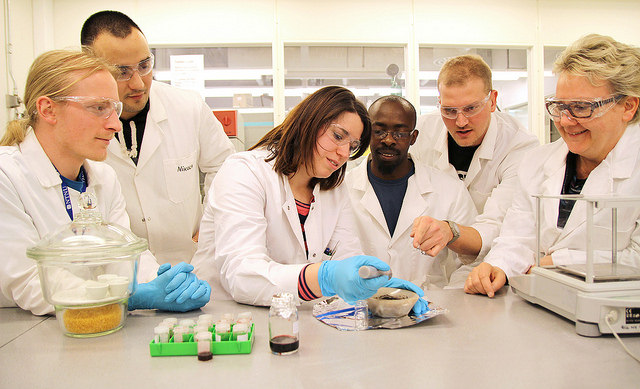Criticizing a Scientist’s Work Isn’t Bullying. It’s Science.
By Simine Vazire,
Slate
| 10. 24. 2017
The New York Times Magazine story on Amy Cuddy brings up extremely important problems in science. But we cannot equate criticism with harassment.
When teaching research methods to first-year college students, I used to tell them that scientists try to prove themselves wrong. But last year, I took that out—it felt too dishonest. At its best, science is about figuring out where we’re wrong, about constant course correction.
Unfortunately, the pressures society has placed on scientists have made it almost impossible for us to admit when we’re wrong. We’re rewarded—by funding agencies, by prestigious scientific journals, by the media—for cherry-picking and polishing our results to make them look as shiny as possible. “Groundbreaking” discoveries are often the standard for getting a job or getting promoted. When the stakes are that high, it’s easy for scientists to start seeing what we need to see—to convince ourselves that our embellished findings are rock solid because we have to. What’s worse, there is little incentive for scientists to challenge and correct each other. Doing the hard work of checking each other’s...
Related Articles
By staff, Japan Times | 12.04.2025
Japan plans to introduce a ban with penalties on implanting a genome-edited fertilized human egg into the womb of a human or another animal amid concerns over "designer babies."
A government expert panel broadly approved a proposal, including the ban...
By Katherine Long, Ben Foldy, and Lingling Wei, The Wall Street Journal | 12.13.2025
Inside a closed Los Angeles courtroom, something wasn’t right.
Clerks working for family court Judge Amy Pellman were reviewing routine surrogacy petitions when they spotted an unusual pattern: the same name, again and again.
A Chinese billionaire was seeking parental...
By Sarah A. Topol, The New York Times Magazine | 12.14.2025
The women in House 3 rarely had a chance to speak to the women in House 5, but when they did, the things they heard scared them. They didn’t actually know where House 5 was, only that it was huge...
By Frankie Fattorini, Pharmaceutical Technology | 12.02.2025
Próspera, a charter city on Roatán island in Honduras, hosts two biotechs working to combat ageing through gene therapy, as the organisation behind the city advertises its “flexible” regulatory jurisdiction to attract more developers.
In 2021, Minicircle set up a...




